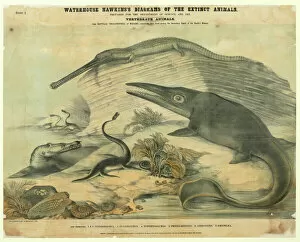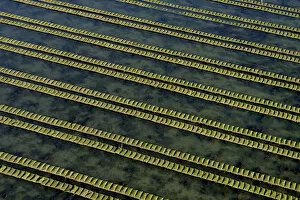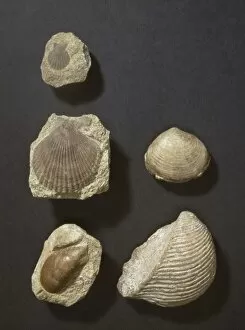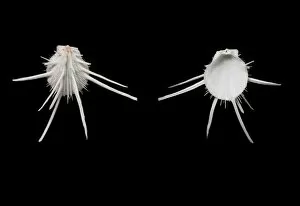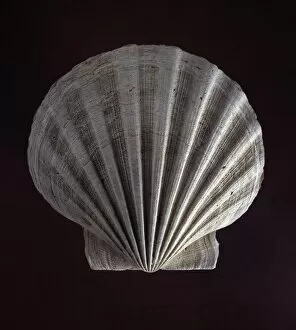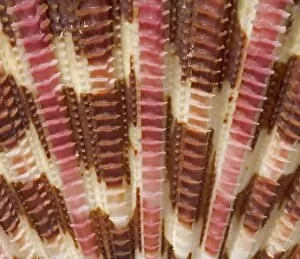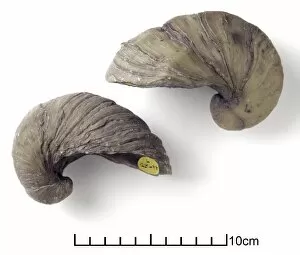Ostreoida Collection
"Unveiling the Mysteries of Ostreoida: A Glimpse into the Ancient Marine Reptiles" Step back in time and explore the fascinating world of Ostreoida
All Professionally Made to Order for Quick Shipping
"Unveiling the Mysteries of Ostreoida: A Glimpse into the Ancient Marine Reptiles" Step back in time and explore the fascinating world of Ostreoida, a group of extinct marine reptiles that once roamed our oceans. These magnificent creatures, now only known through fossils, captivate our imagination with their enigmatic existence. As we wander along the shores of Isle de Re in Charente-Maritime, France, we stumble upon rows of racks used in oyster farming at high tide. Little do we know that beneath these shallow waters lie remnants of an ancient era - five bivalve fossils silently whispering tales from long ago. Amongst them are European thorny oyster shells; their intricate patterns and delicate beauty tell stories of resilience and adaptation. The painted thorny oyster shells stand out with vibrant hues, as if preserving a forgotten palette from centuries past. And there they are – imperial thorny oyster shells – majestic and regal, evoking images of a lost empire submerged beneath the waves. But it is not just these stunning shells that capture our attention; an oyster fossil emerges from its rocky tomb to remind us that life once thrived here. Its presence serves as a reminder that even amidst extinction, traces remain for us to discover. Moving on from thorny oysters, we encounter another relic - a fossil scallop shell belonging to Pecten sp. , showcasing nature's artistic touch through its symmetrical design. This scallop reminds us how life has evolved over millions of years while still retaining elements reminiscent of its ancestors. Ostreoida invites us to ponder about Earth's ever-changing landscapes and species' adaptations throughout history. It urges us to appreciate the diversity found within our planet's vast ecosystems both then and now. So let us delve deeper into this captivating realm where extinct marine reptiles once reigned supreme - Ostreoida, a testament to the wonders of our ancient world.

